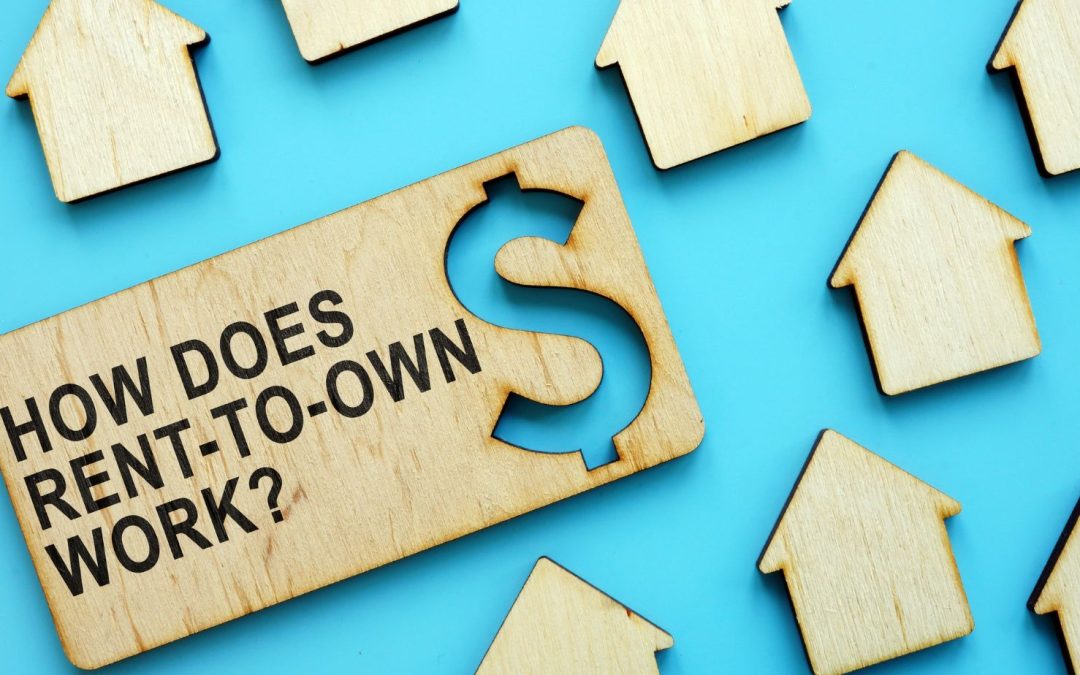A rent-to-own program is a unique arrangement that allows individuals to eventually purchase a property, typically a home, over a period of time while initially renting it. This option can be beneficial for those who may not have the necessary finances or credit score to secure a traditional mortgage immediately. Here’s an explanation of how a typical rent-to-own program works:
1. Agreement: The process begins with a written contract, known as a rent-to-own agreement, between the property owner (often called the landlord or seller) and the tenant (potential buyer or renter). This agreement outlines the terms and conditions of the arrangement, including the purchase price of the property, the rental period, and any other specific terms. To qualify…we need your credit scores to be higher than 550, with income greater than $43,200, and debt to income not greater than 50%.
2. Upfront Payment: The tenant typically pays an upfront fee, often referred to as an a deposit …1-2%. This fee gives the tenant the exclusive right to purchase the property at an agreed-upon price during or at the end of the rental period.
3. Monthly Rent: The tenant pays rent to the property owner, just like in a traditional rental agreement. However, a portion of the monthly rent (or sometimes an additional payment) may be allocated as a credit toward the future purchase of the property. This portion is usually called the “rent credit.” Or cash value. Rental Period: The rent-to-own agreement specifies the duration of the rental period, which typically ranges from one to three years or more. During this time, the tenant lives in the property and has the opportunity to improve their financial situation, work on their credit score, and save money for a down payment.
4. Property Maintenance: The tenant is typically responsible for maintaining the property and covering regular expenses, such as utilities and some basic upkeep…e.g. yard. The tenant may also be responsible for making any necessary repairs or improvements to the property.
5. Purchase Option: At the end of the rental period, the tenant has the option to purchase the property at the pre-agreed purchase price. The deposit and rent credit accrued over the rental period can be used as part of the down payment or applied toward the purchase price. However, if the tenant chooses not to buy the property, they may forfeit the deposit.
6. Financing: To complete the purchase, the tenant will typically need to secure a mortgage loan from a lender. During the rental period, they may work on improving their credit score and saving for a down payment to qualify for a mortgage.
7. Property Appraisal: Before finalizing the purchase, the property is usually appraised to determine its current market value. The purchase price stated in the initial agreement may be adjusted based on this appraisal.
8. Closing: Once financing is secured, and the purchase price is agreed upon, the closing process takes place. This includes signing all necessary documents, transferring ownership, and paying any closing costs and fees.
It’s essential for both parties involved in a rent-to-own agreement to thoroughly understand the terms and seek legal advice if necessary to ensure a clear and fair contract. Rent-to-own arrangements can provide a pathway to homeownership for individuals who need time to prepare financially but also come with potential risks, so careful consideration is essential.

